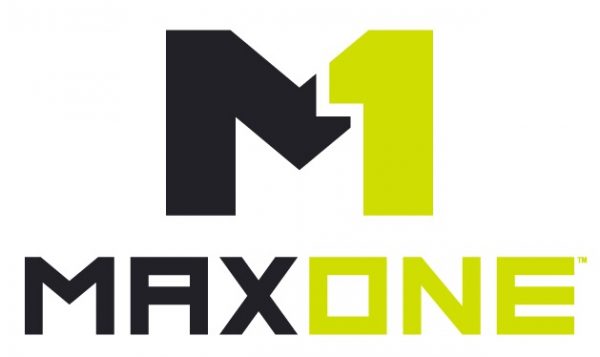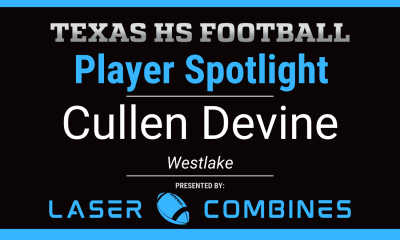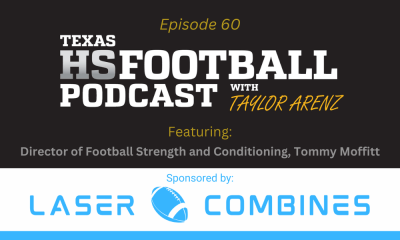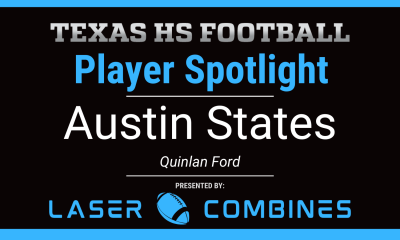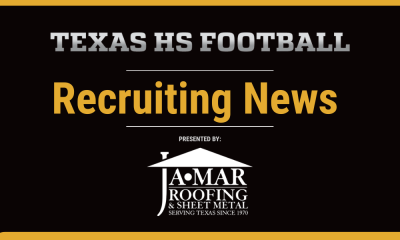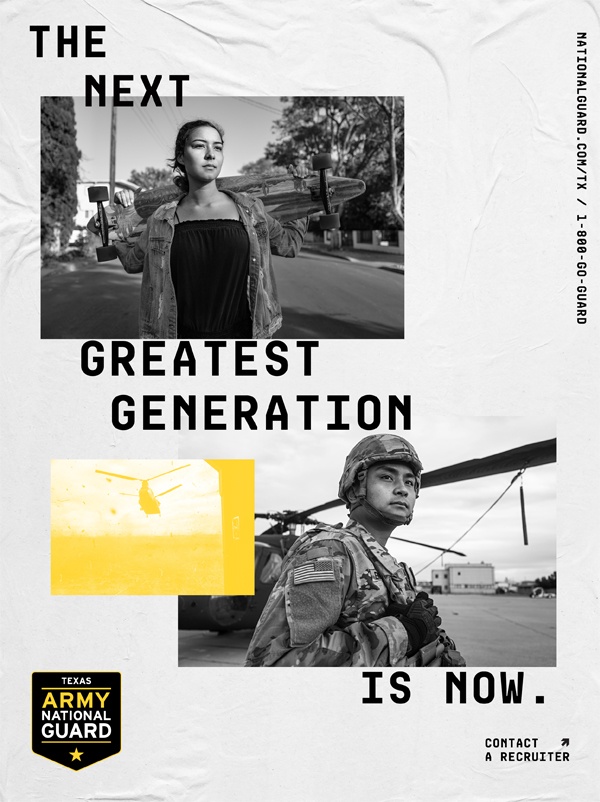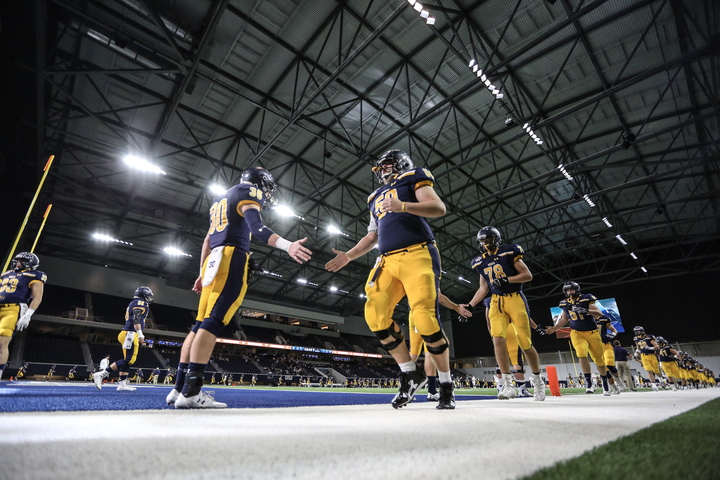
IOWA CITY, Ia. — If you’re a high school football star with a Twitter account, chances are Kristina Gavin Bigsby knows where you’ll play in college before you do.
The 31-year-old doctoral student came to the University of Iowa 13 years ago as a tuba-loving music major. She even spent three years in the Hawkeye marching band, thinking that was the extent of her exposure to football.
She’s on the cutting edge of that sport now, thanks to her research into football recruiting.
Bigsby developed an analytic model that can predict with 70 percent accuracy which school a star player will select.
Her findings are getting so much attention that she was featured in the Washington Post last month and has even heard from a couple of Division I teams. She was coy about which ones. She wouldn’t even say if Iowa is one of them.
“I think football teams are really interested in getting into analytics more and more at the college level and I think it’s generated a lot of interest because of that. They’re more poised to implement some of this,” Bigsby said Friday in a conference room at the Pappajohn Business Building on campus. “Most grad students are lucky if anyone even reads their dissertation. So getting national news attention is a pleasant surprise.”
Bigsby, with the help of professors Jeff Ohlmann and Kang Zhao, set out in August 2015 to see if there was a way to monitor the Twitter usage of highly recruited high school athletes as a means of predicting where they would end up. She originally wanted to test it on wrestling. Ohlmann talked her out of that.
“He told me you have to research a revenue sport or no one will hire you,” Bigsby said with a laugh.
Football it was.
“It’s not uncommon for academics to use sports as a natural experiment. What does that say about human behavior in a similar analog?” Ohlmann said. “You can’t get information typically on recruiting people for companies because that stuff is not publicly available. Individual companies don’t know what other companies are doing. But there is a cottage industry of college football recruiting where things are much more visible.”
Bigsby concentrated on the FBS level of football, scraping the data of 3,000 recruits in the Class of 2016 off the 247Sports website. Then she found all of the Twitter accounts for those athletes. She checked who they were following, who was following them, what hashtags they were using. Over a six-month period, she analyzed 9 million tweets.
In February 2016, the high schoolers made their college decisions and Bigsby found that their Twitter usage was the third-highest predictor of those choices. First was whether they took an official visit to a school. Second was the proximity of their home to that school.
Then it came down to who they followed on Twitter. The more coaches, athletes and other recruits from a certain school an athlete followed, the more likely he was to end up there. After that, it was how many coaches, athletes and fellow recruits from that school followed the prospect. Bigsby was monitoring Twitter accounts from 600 FBS coaches and 2,000 players in addition to the recruits.

